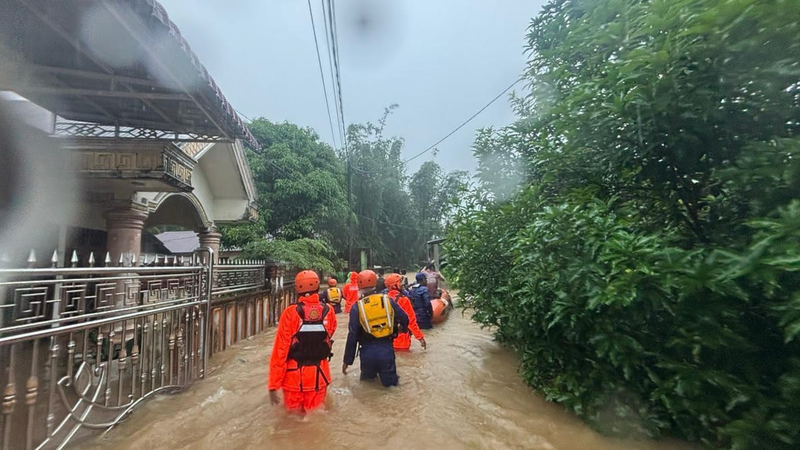When U.S. forces launched strikes on Iran’s nuclear sites in Fordow, Natanz and Isfahan, the global community braced for a hard reset of Tehran’s bomb-making potential. But months later, leaked intelligence and official statements paint two very different pictures of what really happened underground.
According to U.S. intelligence reports from early 2020, bunker-buster bombs failed to collapse key underground structures at Isfahan, leaving centrifuges intact and nuclear progress only delayed by months. A classified Defense Intelligence Agency assessment suggests the operation’s impact was “limited,” raising questions about the long-term effectiveness of the campaign.
On the other side, high-ranking U.S. officials—including former CIA Director John Ratcliffe and Defense Secretary Pete Hegseth—claim the strikes “obliterated” Iran’s metal conversion facility at Isfahan and severely hindered uranium enrichment. They point to AI-driven damage models that estimate a multi-year setback for Iran’s nuclear program.
The White House has touted the attacks as a “spectacular military success,” but anonymous leaks to major outlets like the Washington Post tell a different story. Intercepted communications allegedly show Iranian officials shrugging off the damage as “minimal” and hinting that key materials were moved before the strikes.
IAEA Director General Rafael Grossi added to the debate in recent interviews, calling U.S. claims a “political assessment” and warning that Iran could restart enrichment within months. Satellite images, he noted, revealed a convoy near Fordow ahead of the attacks—suggesting Tehran had time to protect its uranium stockpiles.
Meanwhile, Iran’s Foreign Minister Abbas Araghchi admitted that facilities sustained serious damage, though he stopped short of endorsing U.S. accounts. “The losses have not been small,” Araghchi said, contrasting sharply with Supreme Leader Ali Khamenei, who dismissed the strikes as “unable to do anything important.”
As both sides cite competing data and models, the true extent of Iran’s remaining nuclear capacity remains shrouded in uncertainty. For entrepreneurs, students and digital nomads watching global risk factors, this controversy is more than a policy debate—it’s a reminder of how intelligence, politics and technology intersect to shape our world.
Key Insights:
- Leaked DIA reports suggest only a short-term delay in Iran’s program.
- U.S. officials maintain critical infrastructure was destroyed.
- IAEA warns Iran could resume enrichment within months.
- Anonymous leaks and satellite images fuel the information gap.
Reference(s):
cgtn.com




